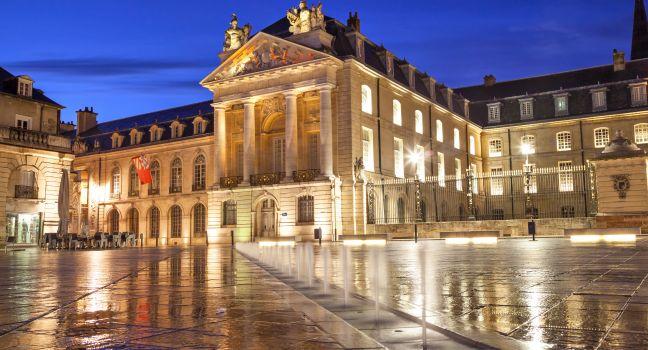Château d'Ancy-le-Franc
Built from Sebastiano Serlio's designs, with interior blandishments by Primaticcio, the Château d'Ancy-le-Franc is an important example of Italianism, less for its plain, heavy exterior than for its sumptuous rooms and apartments, many with carved or painted walls and ceilings plus original furnishings. Niccolò dell'Abate and other court artists created the magnificent Chambre des Arts (Art Gallery) and other rooms filled with murals depicting the signs of the zodiac, the Battle of Pharsala, and the motif of Diana in Her Bath (much favored by Diane de Poitiers, sister of the Comtesse de Tonnerre). Such grandeur won the approval of no less than the Sun King, Louis XIV, who once stayed in the Salon Bleu (Blue Room). The east wing of the ground floor, which housed Diane de Poitier's apartments, has been restored. Highlights here include Diane's bedroom with its 16th-century murals.




